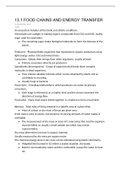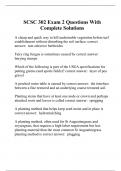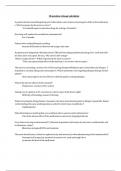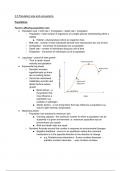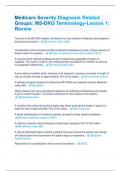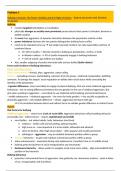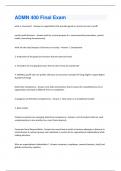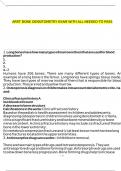16 September 2021
14:28
An ecosystem includes all the biotic and abiotic conditions.
Most plants use sunlight in making organic compounds from CO2 and H2O, mainly
sugar used for respiration.
● The remaining sugar makes biological molecules to form the biomass of the
plants.
Producers - Photosynthetic organisms that manufacture organic substances using
light energy, water, CO2 and mineral ions.
Consumers - Obtain their energy from other organisms, usually animals.
● Primary consumers directly eat producers.
Saprobionts (decomposers) - Group of organisms that break down complex
molecules in dead organisms.
● They release valuable minerals which can be absorbed by plants and so
contribute to recycling.
● Usually fungi or bacteria.
Food chain - A feeding relationship in which producers are eaten by primary
consumers.
● Each stage is referred to as a trophic level and the arrows represent the
direction of energy flow.
Food webs - Many food chains linked together in a habitat to form a food Web.
Biomass - Total mass of living material in a specific area at a given time.
● Mass of carbon or dry mass of tissue per given area.
Fresh mass is easy to assess, but presence of varying amounts of water makes it
unreliable.
● The measurement of dry mass or mass of C overcomes this, but the organism
must be killed, so usually a small sample size which may not be
representative.
Dry mass determines increase in organic material.
Usually measured by dry mass per square metre.
The chemical energy store in dry mass can be estimated using bomb calorimetry.
● Weighed then burned in O2 within a sealed chamber, the bomb.
● Bomb is surrounded by water and the combustion causes the water to heat
up.
, 13.2 ENERGY TRANSFER AND PRODUCTIVITY
16 September 2021
15:20
The sun is the source of energy for ecosystems.
Most of the sun's energy is not converted to organic matter by photosynthesis
because:
● >90% of sun's energy is reflected back into space by clouds and dust, or
absorbed by the atmosphere.
● Not all wavelengths of light can be absorbed and used for photosynthesis.
● Light may not fall on a chlorophyll molecule.
● Another factor may limit the rate of photosynthesis.
Gross primary production (GPP) - Total chemical energy store in plant biomass over
given area or volume.
Net primary productivity (NPP) - Chemical energy store in plant biomass after
respiratory losses to the environment has been taken into account.
● NPP = GPP - R
NPP is the energy available for plant growth and reproduction and is stored in the
biomass.
● Also available to organisms in the next trophic level, such as herbivores and
decomposers.
There is a low % of energy transferred at each stage because:
● Some parts aren't eaten.
● Some parts cannot be digested and so are lost in faeces.
● Energy lost as excretory materials such as urine.
● Heat from respiration is lost to the environment. Energy is needed to maintain
body temperature, and so heat is consistently being lost to the environment.
Net production of consumers = I - (F+R)
I - Chemical energy store of ingested food
F - Energy lost in faeces and urine
R - Energy lost in respiration
Primary and secondary productivity is the rate of primary or secondary production.
● Biomass in a given area in a given time, eg KJ/ha/yr.
Most food chains have 4 or 5 trophic levels as there is insufficient energy available to
support a large enough breeding population.
The total biomass is lower at higher trophic levels.

